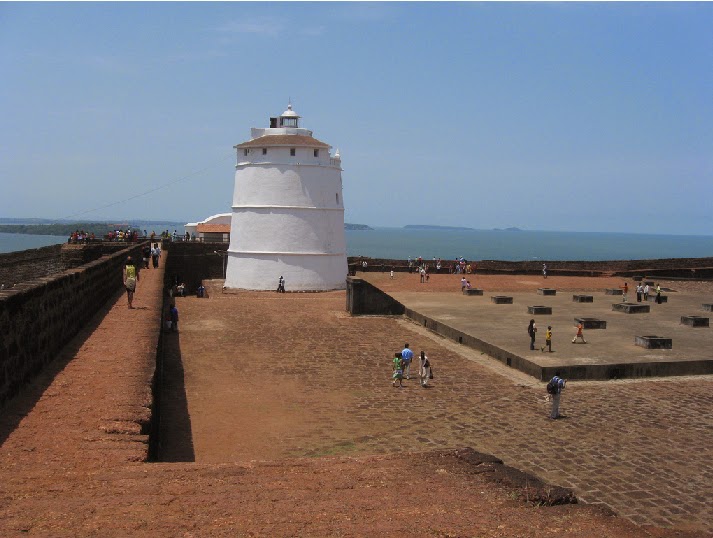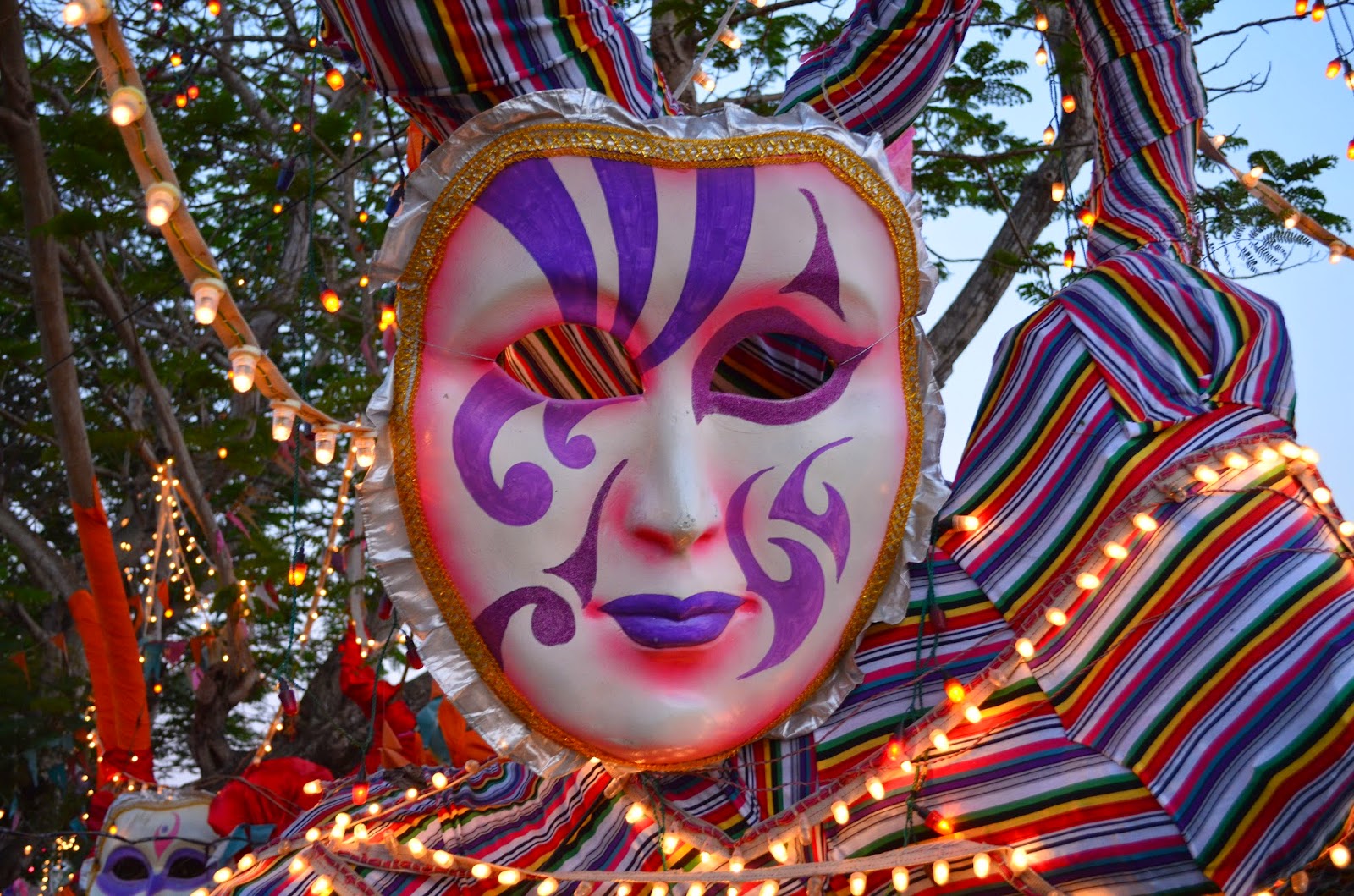Forts
The list of goan forts consists of famous forts such as Terekhol fort, Chapora Fort, Aguada Fort, Cabo de Rama Fort, and various others. Today even though most of the forts are in ruins the Archeological Survey of India (ASI) is making efforts to retain and restore the beauty of these forts. To this end restoration work has been done on the forts of Aguada, Chapora and Terekhol while Reigs Magos fort is undergoing a restoration.
Fort Aguada
A long laterite peninsula extends in the sea west of Reis Magos, bringing the seven kilometer long Clangute beach to an abrupt halt. Fort Aguada crowns the rocky flattened top of the headland and is the largest and best preserved Portuguese bastion in Goa.
This fort was built in 1612 to guard the northern shores of the Mandovi estuary from attacks by the Dutch and Maratha raiders. The name was derived from the presence of many fresh water springs which were a first source of drinking water for ships arriving in Goa after a along voyage.
Tiracol Fort
This was a fort of the local raja, and taken over by the Portuguese in 1746. It was used as a base for freedom fighters during the liberation of Goa in 1961. Within the fort there is a chapel which is locked most of the time. This fort is converted into a Heritage hotel.
The very northern part of Goa Tiracol is wild, beautiful, unspoiled and totally uncommercialised and is one of the last idyllically peaceful spots in Goa.
Cabo de Rama Fort
Cabo de Rama, the long boney of land that juts into the sea at the south end of Colva Bay, takes its name from the hero of the Hindu epic, the Ramayana. Cabo DA Rama , however, is more grandiose than most, commanding spectacular views north over the length of Colva beach and down the sand-splashed coast of Canacona.
Rachol Fort
At Rachol, 7 K.M northeast of Margao, rises proudly from the crest of laterite hillock, surrounded by the dried-up moat of an old Muslim fort and rice fields that extend east to the banks of the nearby Zuari River. During the early days of the Portuguese conquests, this was a border bastion of the Christian faith, perennially under threat from Muslim, and Hindu marauders. Today, its painstakingly restored sixteenth-century church and cloistered theological collage, one wing of which has recently been converted into a museum, lie in the midst of the Catholic heartland. The seminary itself harbours in Old Goa, main road en route to Lutolim, 4K.M further north.







Comments
Post a Comment